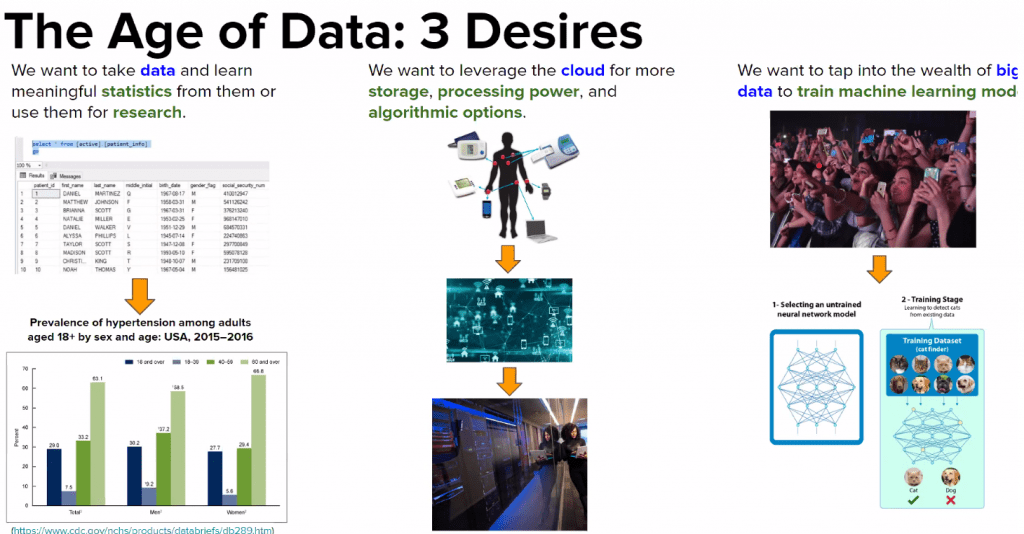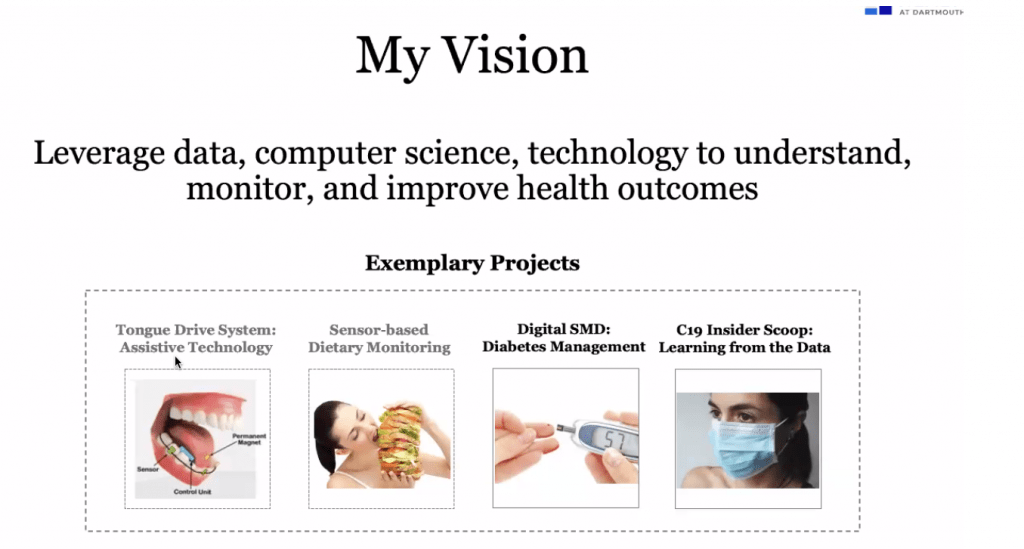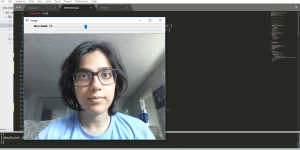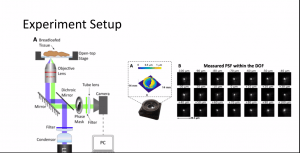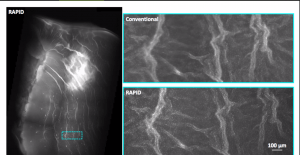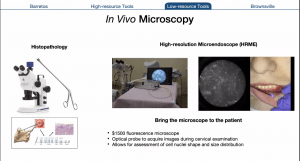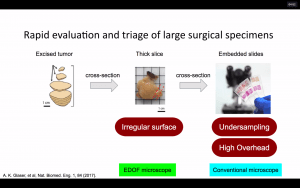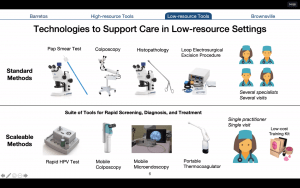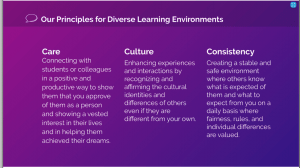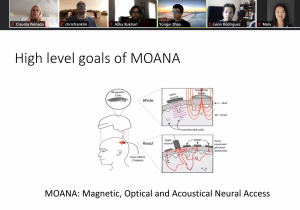The SWITCH PATHS-UP program hit the mark in terms of research, programming opportunities, assignments, tutorials, and guest speakers. Although the program was entirely virtual, it didn’t disappoint in terms of “rigor.”The basis for the SWITCH PATHS-UP program centered around Healthcare and Computer Science.
Healthcare is a topic of debate in all parts of society. One mainstay of healthcare is “affordability.” There are scores of individuals in the United States who do not have health because they can’t afford it, or if they have healthcare, it’s through third-party vendors with menial coverage, or it’s Medicaid or Medicare. Unfortunately, people who live in underserved communities have to make life and death decisions when it comes to healthcare.
Some of the projects, programs, and devices that were availed during the program centered around healthcare are in development or are in use today. It’s excellent news for people that live in underserved communities. Because access to healthcare programs is another obstacle people have to face.
We had the privilege of meeting Dr. Temiloluwa Prioleau. She is an Assistant Professor of Computer Science at Dartmouth College. Her goal is to leverage her expertise in Computer Science and Health Care to assist underserved communities with healthcare issues. Her work is outstanding!
We are living in unprecedented times. Computer software developers, doctors, scientists are racing against the clock to create a vaccine and a cure for COVID19. One common element amongst all doctors, researchers, software developers, and scientists is “data.” We live in a “data-driven society. With the right type and amount of data, patterns could be discovered to help medical answer tough questions and problems. Through data, medical techniques and procedures could be improved. Maybe a vaccine or are a cure for COVID19 could be discovered!
Throughout the PATHS-UP research program, I have become more acutely aware of how “powerful” research and data play a significant role in solving problems.
Now that the SWITCH PATHS-UP program has ended, my computer science journey just got a bit more interesting. Before I started writing this last blog post, I enrolled in an online Python course to reinforce what I just experienced and to take me further and deeper into Computer Vision, OpenCV, AI, and Machine Learning. Keep Learning!



